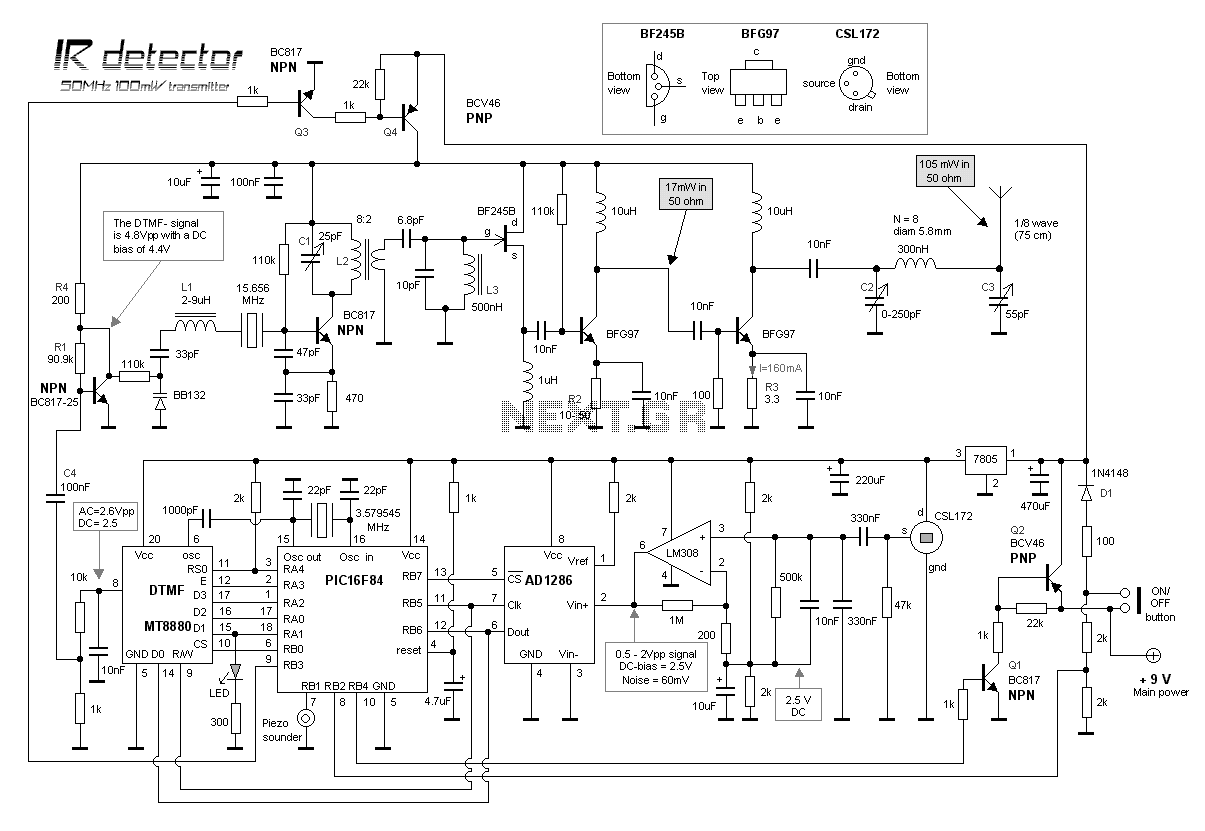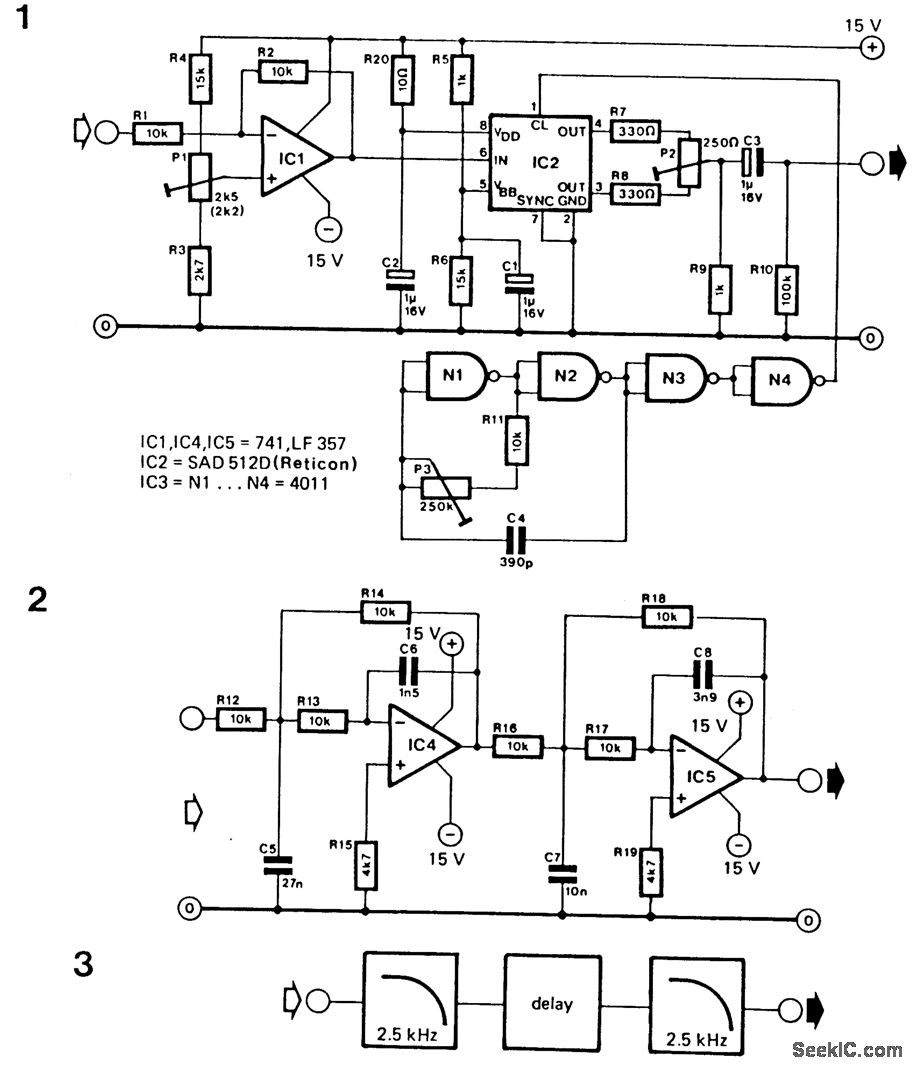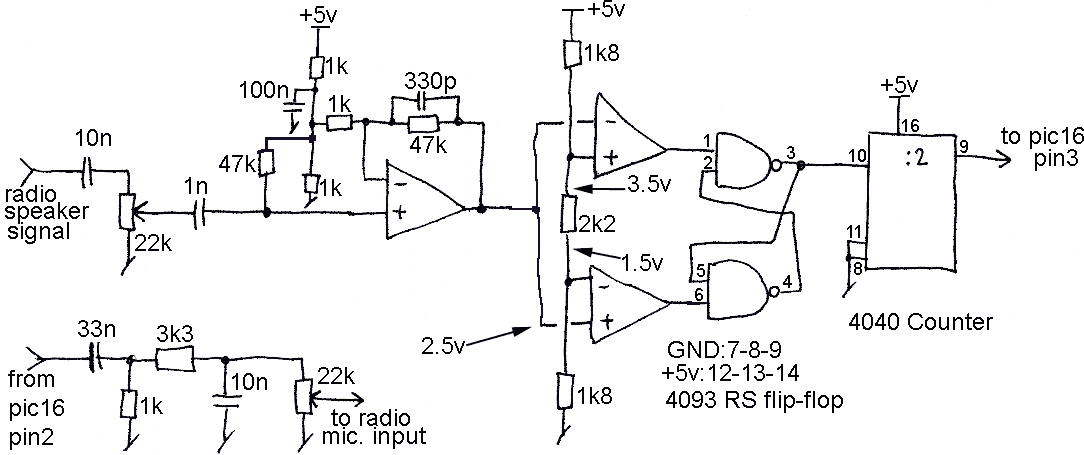
the simplest fm transmitter ever made

This is a simple and inexpensive FM transmitter. The circuit operates at a low voltage using a CR2025 3V battery with low current consumption. The total size of this FM transmitter, including the battery but excluding the antenna, is smaller than a matchbox. The circuit features a central RF oscillator using an NPN transistor, specifically the BF494 (or BF194 as a substitute). A coil, which must be constructed manually, determines the output frequency. The coil should be made from 36 SWG wire with 2.5 turns on a 5mm diameter ferrite rod. It is important to keep the circuit compact and minimize the use of wire in the main functional area (transistor and coil). The audio input from a computer, PMP, or mobile device is connected to the biased base of the transistor. The transistor generates RF signals based on the audio input, and the FM wave is transmitted via an external antenna. Utilizing a standard TV antenna can extend the range of this transmitter up to a 1 km radius, while a smaller antenna (15-20 cm) can achieve a range of approximately 50 meters. This circuit is ideal for use as a miniature FM transmitter for devices such as computers and mobile phones to wirelessly send music to a home theater system, as well as for homemade wireless walkie-talkies. For input from low-power output devices, such as mobile phones or computer sound cards, an unlabeled capacitor value of 0.1 or 104 is recommended. For higher wattage outputs, a capacitor value of 0.01 or 103 is suitable. An optional microphone preamplifier can also be added to enable direct voice transmission. For a cost-effective antenna, a bicycle spoke can be used, obtainable from a cycle store for approximately Rs. 2. It is essential to note that RF projects of this nature are permitted for personal use only, as commercial use of radio frequencies, including FM, is regulated under Indian law.
This FM transmitter circuit is designed for simplicity and cost-effectiveness, making it accessible for hobbyists and electronics enthusiasts. The use of a low-voltage power supply not only ensures safety but also enhances the circuit's portability. The choice of the BF494 transistor as the central RF oscillator is optimal due to its favorable characteristics for RF applications, such as low noise and high gain.
The manual construction of the coil is a critical aspect of the circuit, as it directly influences the frequency of the transmitted signal. The specified dimensions and wire gauge ensure that the coil resonates at the desired frequency range for FM transmission. Careful attention to the layout of the circuit can minimize interference and improve performance; therefore, keeping the circuit compact and avoiding excessive wiring is recommended.
The audio input configuration allows for a versatile range of devices to connect to the transmitter, making it suitable for various applications, including streaming music from personal devices to audio systems. The inclusion of a microphone preamplifier adds functionality, enabling the circuit to be used for voice transmission, thereby broadening its potential uses in communication systems.
The antenna choice significantly affects the transmission range. Utilizing a standard TV antenna can maximize the range, while a smaller antenna may be more practical for personal use within a limited area. The innovative suggestion to use a bicycle spoke as an antenna reflects a resourceful approach to achieving effective transmission without incurring additional costs.
It is imperative to adhere to local regulations regarding the use of radio frequencies to avoid legal complications. This circuit serves as an excellent introduction to the fundamentals of RF transmission and can be an engaging project for those interested in exploring wireless communication technologies.This is the most simple and cheap FM transmitter you can ever find. This circuit is really cool. This runs at very low voltage, by a CR2025 3V battery, current consumption is also low. And the total size of this F. M transmitter(including battery, excluding antenna) is less than that of a matchbox. The circuit has a central RF oscillator NPN transi stor BF494 (substitute: BF194). A coil takes care of the output frequency. The coil has to made by yourself. 36SWG wire 2. 5turns only in 5mm diameter ferrite rod. Keep the circuit as small as possible. Try to use no wire in the main functional area(transistor and coil). The input from the audio output of computer/PMP/mobile is given to the biased base of the transistor. The transistor gives a RF humming accordingly to the audio input, and the FM wave is spread by the external antenna(Ariel).
By using a standard T. V antenna, the range of this transmitter can go upto 1KM radius, using small(15-20cm) Ariel, it can work upto around 50M range. This circuit is most suitable for miniature FM transmitter for use in computer, mobile etc to send music to home theater system without wires, and in homemade wireless walky-talkies.
For input from low power output devices, such as mobile, computer`s sound card, the value of the unlabeled capacitor is 0. 1 or 104. For higher wattage outputs, the value is 0. 01 or 103. An optional microphone pre-amp can be also added in this circuit to enable it transmit vioce directly.
For even more low cost, use a new bicycle spoke for ariel, get it from cycle store at Rs2. 00. Keep in mind that this type of RF projects are allowed for personal use. Commercial use of Radio frequencies(including FM), is subject to Indian law as crime. 🔗 External reference
This FM transmitter circuit is designed for simplicity and cost-effectiveness, making it accessible for hobbyists and electronics enthusiasts. The use of a low-voltage power supply not only ensures safety but also enhances the circuit's portability. The choice of the BF494 transistor as the central RF oscillator is optimal due to its favorable characteristics for RF applications, such as low noise and high gain.
The manual construction of the coil is a critical aspect of the circuit, as it directly influences the frequency of the transmitted signal. The specified dimensions and wire gauge ensure that the coil resonates at the desired frequency range for FM transmission. Careful attention to the layout of the circuit can minimize interference and improve performance; therefore, keeping the circuit compact and avoiding excessive wiring is recommended.
The audio input configuration allows for a versatile range of devices to connect to the transmitter, making it suitable for various applications, including streaming music from personal devices to audio systems. The inclusion of a microphone preamplifier adds functionality, enabling the circuit to be used for voice transmission, thereby broadening its potential uses in communication systems.
The antenna choice significantly affects the transmission range. Utilizing a standard TV antenna can maximize the range, while a smaller antenna may be more practical for personal use within a limited area. The innovative suggestion to use a bicycle spoke as an antenna reflects a resourceful approach to achieving effective transmission without incurring additional costs.
It is imperative to adhere to local regulations regarding the use of radio frequencies to avoid legal complications. This circuit serves as an excellent introduction to the fundamentals of RF transmission and can be an engaging project for those interested in exploring wireless communication technologies.This is the most simple and cheap FM transmitter you can ever find. This circuit is really cool. This runs at very low voltage, by a CR2025 3V battery, current consumption is also low. And the total size of this F. M transmitter(including battery, excluding antenna) is less than that of a matchbox. The circuit has a central RF oscillator NPN transi stor BF494 (substitute: BF194). A coil takes care of the output frequency. The coil has to made by yourself. 36SWG wire 2. 5turns only in 5mm diameter ferrite rod. Keep the circuit as small as possible. Try to use no wire in the main functional area(transistor and coil). The input from the audio output of computer/PMP/mobile is given to the biased base of the transistor. The transistor gives a RF humming accordingly to the audio input, and the FM wave is spread by the external antenna(Ariel).
By using a standard T. V antenna, the range of this transmitter can go upto 1KM radius, using small(15-20cm) Ariel, it can work upto around 50M range. This circuit is most suitable for miniature FM transmitter for use in computer, mobile etc to send music to home theater system without wires, and in homemade wireless walky-talkies.
For input from low power output devices, such as mobile, computer`s sound card, the value of the unlabeled capacitor is 0. 1 or 104. For higher wattage outputs, the value is 0. 01 or 103. An optional microphone pre-amp can be also added in this circuit to enable it transmit vioce directly.
For even more low cost, use a new bicycle spoke for ariel, get it from cycle store at Rs2. 00. Keep in mind that this type of RF projects are allowed for personal use. Commercial use of Radio frequencies(including FM), is subject to Indian law as crime. 🔗 External reference





